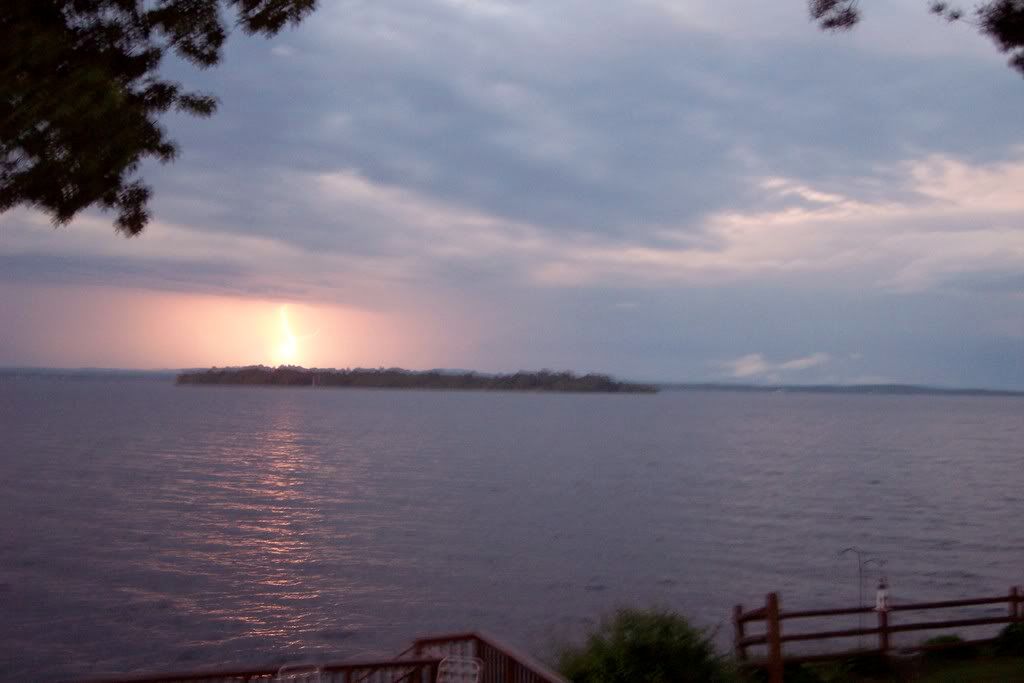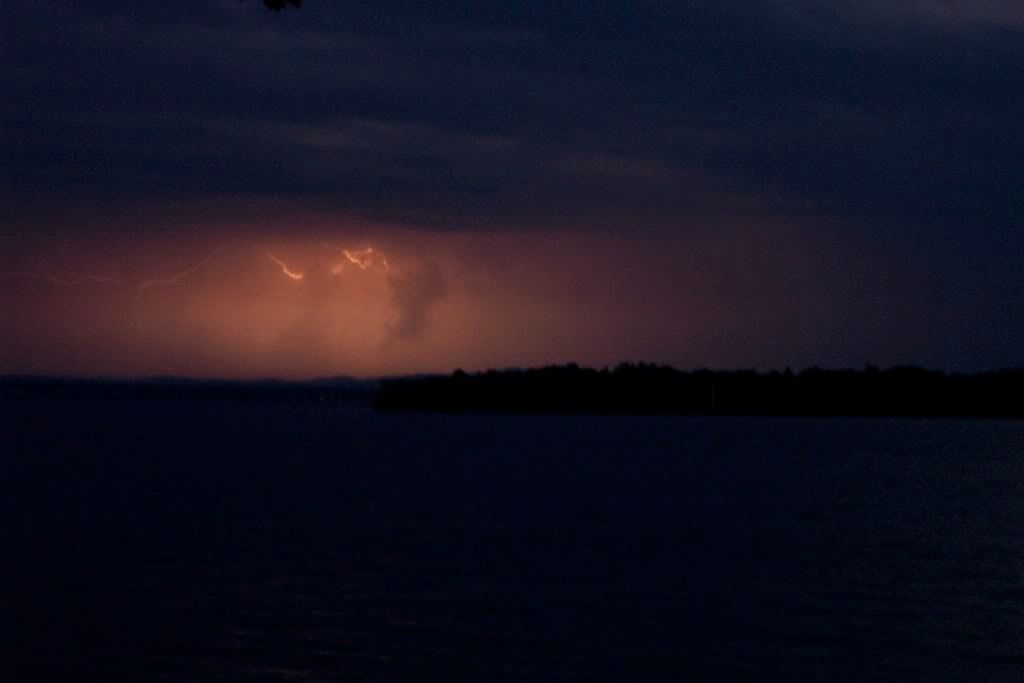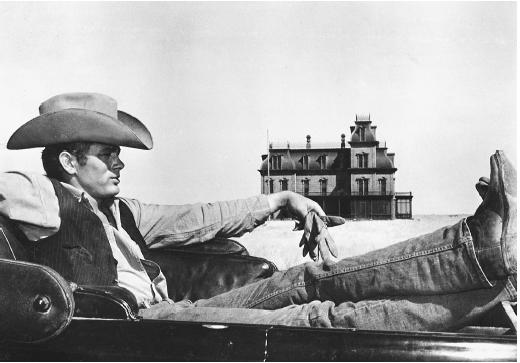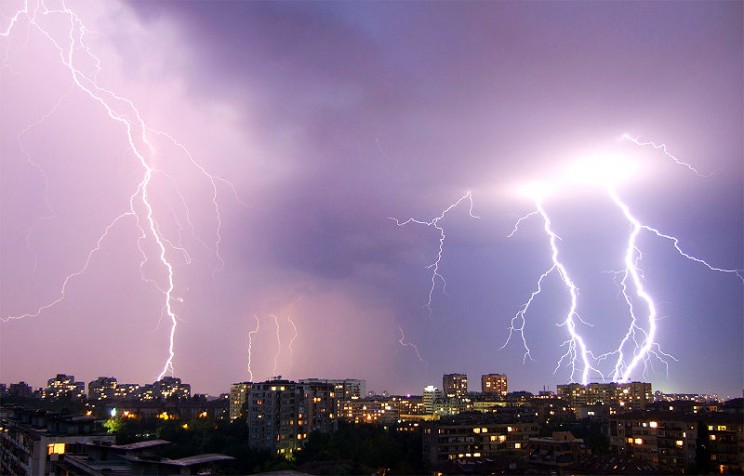By Tom McLeish
There is a pressing need to re-establish a cultural narrative for science. At present we lack a public understanding of the purpose of this deeply human endeavour to understand the natural world. In debate around scientific issues, and even in the education and presentation of science itself, we tend to overemphasise the most recent findings, and project a culture of expertise.
The cost is the alienation of many people from experiencing what the older word for science, “natural philosophy” describes: the love of wisdom of natural things. Science has forgotten its story, and we need to start retelling it.
To draw out the long narrative of science, there is no substitute for getting inside practice – science as the recreation of a model of the natural world in our minds. But I have also been impressed by the way scientists resonate with very old accounts nature-writing – such as some of the Biblical ancient wisdom tradition. To take a specific example of a theme that takes very old and very new forms, the approaches to randomness and chaos are being followed today in studies of granular media (such as the deceptively complex sandpiles) and chaotic systems.
These might be thought of as simplified approaches to ‘the earthquake’ and ‘the storm’, which appear in the achingly beautiful nature poetry of the Book of Job, an ancient text also much concerned with the unpredictable side of nature. I have often suggested to scientist-colleagues that they read the catalogue of nature-questions in Job 38-40, to be met with their delight and surprise. Job’s questioning of the chaotic and destructive world becomes, after a strenuous and questioning search in which he is shown the glories of the vast cosmos, a source of hope, and a type of wisdom that builds a mutually respectful relationship with nature.
Reading this old nature-wisdom through the experience of science today indicates a fresh way into other conflicted territory. For, rather than oppose theology and science, a path that follows a continuity of narrative history is driven instead to derive what a theology of science might bring to the cultural problems of science with which we began. In partnership with a science of theology, it recognises that both, to be self-consistent, must talk about the other. Neither in conflict, nor naively complementary, their stories are intimately entangled.
The strong motif that is the idea of science as the reconciliation of a broken human relationship with nature. Science has the potential to replace ignorance and fear of a world that can harm us and that we also can harm, by a relationship of understanding and care. The foolishness of thoughtless exploitation can be replaced by the wisdom of engagement. This is neither a ‘technical fix’, nor a ‘withdrawal from the wild’, two equally unworkable alternatives criticised recently by Bruno Latour in a discussion of environmentalism in the 21st century.
Latour’s hunch that rediscovered religious material might point the way to a practical alternative begins to look well-founded. Nor is such ‘narrative for science’ confined to the political level; it has personal, cultural and educational consequences too that might just meet Barzun’s missing sphere of contemplation.
Can science be performative? Could it even be therapeutic?
George Steiner once wrote, “Only art can go some way towards making accessible, towards waking into some measure of communicability, the sheer inhuman otherness of matter…”
Perhaps science can do that too.
Tom McLeish is Professor of Physics and Pro-Vice-Chancellor for Research at University of Durham, and a Fellow of the Institute of Physics, the Royal Society of Chemistry, the American Physical Society and the Royal Society. He is the author of Faith and Wisdom in Science.
Subscribe to the OUPblog via email or RSS.
Subscribe to only science articles on the OUPblog via email or RSS.
The post Faith and science in the natural world appeared first on OUPblog.

As writers, we all experience those moments when an idea shows up out of the sky and suddenly, everything lights up. I love those moments, just as much as I love the way nature lights up the sky over Lake Champlain. It's happened a lot this week.



But what about when the sky doesn't light up? What about those times when it's just cloudy and murky, and we feel like we might not have anything to say?
I read two fantastic blog posts today - both about writers' block and about showing up to write, no matter what.
This...from the brilliant Laurie Halse Anderson, whose ReaderGirlz interview was posted at Mitali's Fire Escape (Thanks, Mitali Perkins!)...
Question: What was your defining moment in becoming a writer?
Laurie's Answer: It happens every morning, about 5:30 am. I put my cereal bowl in the dishwasher, I pour a second mug of tea, and I sit down to write. The conscious, mindful decision to write every day makes me a writer.
And this...from David Schwartz at I.N.K. (Interesting Nonfiction for Kids)...
In my opinion, writers who regularly find way to pass their time other than by putting words on paper – a large subset that includes myself – do not deserve to take refuge in so dignified-sounding a condition as “writers’ block.” We should call it what it is: procrastination. And we should teach our children and our students that it is best conquered by force: Forcing ourselves to sit down and get the job done. Not knowing what to write and struggling over it is not writers' block. It is writing.
Wow.
Time for me to get back to work.
 Aaah, a story set in the south read on a hundred degree day. The weather certainly got me in the mood for this one!
Aaah, a story set in the south read on a hundred degree day. The weather certainly got me in the mood for this one!
Violet Raines is sitting in church, pretty much minding her own business, when in walks the Gold family. They are late, and there is a bit of a buzz. There aren't usually strangers walking through church! Violet's best friend Lottie shoves a note in her hands reading "Don't you think she's pretty? She looks like a model! I wonder how old she is! Let's try to meet her after church!" (arc p.4). So it begins.
Melissa is quite glamorous. She does come from Detroit - the murder capital- after all. Lottie is quite drawn to Melissa and her interest in soap operas, make-up and celebrities. Violet's not quite ready for all of these girlie changes. She still likes hunting down the cups to get free brain freezes, squeezing into the tree cave, and hanging around with Eddie.
When lightning hits Lottie's house, she and her sisters need to find a place to stay. Violet wants her in her house, but Mrs. Gold who has a big house and doesn't have to go to work everyday, insists that Lottie and her sisters stay with them. Violet's heart is fit to break as she tries to navigate what it is to be eleven and not quite ready to move out of being a kid.
Danette Haworth has written a delightful story filled with memorable characters. The push and pull of a friendship between three girls rings so true, as does the subtle shift in the relationship between Eddie and Violet. There is an innocence to the story, but the situation is so universal. Violet is the kind of girl who will stay in your memory for quite some time.
Manuel Ramos

SCENE FROM THE MOVIE GIANT
Tino Villanueva (Curbstone Press, 1993)
It's been several years since I watched the classic movie Giant, whose cast included James Dean, Elizabeth Taylor, Sal Mineo, and Rock Hudson. The first time I saw it, I was a young boy, probably eight or nine. It was the middle of the 1950s and I was in the Rialto Theater on Main Street, in a small Colorado town. The Rialto was one of those movie palaces that used to occupy places of respect in almost every American town -- a gaudy, blinking marquee, deep red carpeting, elaborate wall fixtures, and thick curtains that majestically opened when the lights dimmed and the newsreel flickered on the screen.
I remember Saturday afternoon matinees with my buddies and an occasional midweek night out with my parents and younger brother for some special screening. The Rialto was where I first encountered American icons of comedy such as the Three Stooges and the Little Rascals, and red-blooded heroes like John Wayne and Burt Lancaster. It's also the place where I practiced my recently acquired reading skill. Sitting on a worn cushion and scraping my shoes on the sticky floor, I read all the credits as they rolled up the screen; I learned that the director was always last and when his name appeared, the flick was about to start.
But my experience with Giant was different. Going in, I thought it was only a love story but it had some attraction for me because of James Dean. Back then, and maybe for years afterwards, I deluded myself that I was something of a rebel, even at that young age, and so I was drawn to teenage outlaw myths created by the movies and other facets of mass culture in the immediate post-War years. In another movie I thought Sal Mineo was perfect when he sauntered down a nameless New York street hunched over in a shiny red jacket, smoking a cigarette and flashing a switchblade. I saw the first four Elvis Presley movies and every rock and roll melodrama that passed through the Rialto.

And so I checked out Giant, mainly to see what James Dean had been up to after his surly bulldozing of the decaying middle American landscape in Rebel Without a Cause. Of course, I didn't think of it that way when I was a kid -- he was cool, man, and that was enough.
But what I got from Giant was this amazingly complicated story about Texas -- quick money from oil, cowboy aristocracy clashing with political tensions created by a vanishing Old West; rich and poor whites mixing it up in their own private class war; and, eventually, Mexicans: people who looked like my grandparents, who were scattered throughout the film as so many props.
I felt uncomfortable watching this movie. I didn't like the way the Mexicans were treated in the film but somehow I thought that maybe it was the Mexicans' fault. Why were they in a movie anyway? Movies were for slapstick comedy, outer space monsters, the glory and bluster of John Wayne on the shores of Iwo Jima, and juvenile delinquents.
Texas poet Tino Villanueva has focused his own reactions to this movie and created an epic poem entitled Scene From the Movie Giant. In his marvelously written book he capsulizes a lifetime of provocations inspired by the movie. In particular, he deals with one scene where a trio of quiet, almost submissive Mexicans are subjected to blatant and violent racism.
Villanueva agonizingly chronicles his own attitudes about the crucial scene, which portrays the apparent victory of brute force and hatred over the humble Mexicans. Sarge, owner of a diner, refuses to serve a Mexican family. When cattleman Rick Benedict (Rock Hudson) objects, Sarge savagely beats him up. Villanueva stretches his images over the years and miles to Boston where, as a graduate student, he still grapples with the real meaning of the scene from the movie. As Villanueva writes, he constantly must turn back to the time when his offended small world was disrupted, unresolved. As is made clear in Villanueva's pages, his own resolution comes through the words he has chosen to present to the reader, so many years after he watched a movie in fear and awe. He has presented the truth as only a poet can understand it.
(this review first aired on Denver radio KUVO in 1995)
A BIT OF NEWS
How Else Am I Supposed to Know I'm Still Alive?

If you can't read the image, it's an announcement of a presentation of How Else Am I Supposed to Know I'm Still Alive, written by Evelina Fernández and starring the very talented and always entertaining Debra Gallegos and Yolanda Ortega on January 19 at 7:30 PM at the Troutman Theater at Aurora Central High School, 11700 E. 11th Avenue, Aurora, CO. $35 for adults, $10 for students and seniors. The performance benefits the Nuñez Foundation College Scholarship Program. We love these women and their enthusiastic performance art, and I know I'll see many of you at the play.
Nation of Immigrants
The Art Students League of Denver sent the following announcement about their upcoming exhibit, Nation of Immigrants, curated by Tony Ortega and Susan Sagara Bolton: "This exhibit brings together a wide range of media, styles, concerns, and sensibilities from artists whose inspiration is the immigration experience. Walking through the exhibit, you will experience the history each artist brings to their art and how culture and heritage resonate through their work." Participating artists include Polly Chang, Manuel Cordero, Carlos Frésquez, Ken Iwamasa, Clara Martínez, Emanuel Martínez, Sylvia Montero, Adriana Restrepo, George Rivera, Danny and Maruca Salazar, Carlos Santistevan, and several others. Exhibit opens January 4, 5:30 - 8:00 PM and runs through February 27. The Art Students League is at 200 Grant Street, Denver, 303-778-6990.
Dolores Huerta 
Dolores Huerta will be the keynote speaker at the Latina/o Advocacy Day event to be held February 24-25 at the Adams Mark Hotel in downtown Denver. Sponsored by the Latina Initiative and the Colorado Organization for Latina Opportunity and Reproductive Rights, the event provides advocacy and lobby training on policy issues of concern to Latinas and Latinos in Colorado. For those who might not know, Dolores Huerta is a long-time human rights activist and a co-founder with César Chávez in starting the United Farm Workers in the 1960s. Info., send an email to: [email protected]. Image courtesy of favianna.com.
Sacramento Poetry Center
I'm passing on the following piece:
Another great night of poetry is coming up this Monday, January 7 at the Sacramento Poetry Center, 1719 25th Street, at 7:30 pm.
Starting off the new year will be Barbara Jane Reyes and Oscar Bermeo. It will be an exciting night of powerful poetry hosted by Arturo Mantecon. Don't miss it!

Barbara Jane Reyes was born in Manila, Philippines and raised in the SF Bay Area. She is the author of Gravities of Center (Arkipelago, 2003) and Poeta en San Francisco (Tinfish, 2005) which received the James Laughlin Award of the Academy of American Poets. Her other honors include an Andrew W. Mellon Foundation Fellowship and numerous Pushcart Prize nominations. Her work has appeared or is forthcoming in Asian Pacific American Journal, Chain, New American Writing, North American Review, Notre Dame Review, among others. She lives with her husband, poet Oscar Bermeo, in Oakland.
Born in Ecuador and raised in the Bronx, Oscar Bermeo is a BRIO (Bronx Recognizes Its Own) award winning poet, educator & literary events coordinator. Oscar now makes his home in Oakland, where he is the poetry editor for Tea Party magazine and lives with his wife, poeta Barbara Jane Reyes.
Sacramento Poetry Center
1719 25th Street
Sacramento, CA
916.451.5569 - www.sacramentopoetrycenter.org
Later.













Sounds like a great read! :)